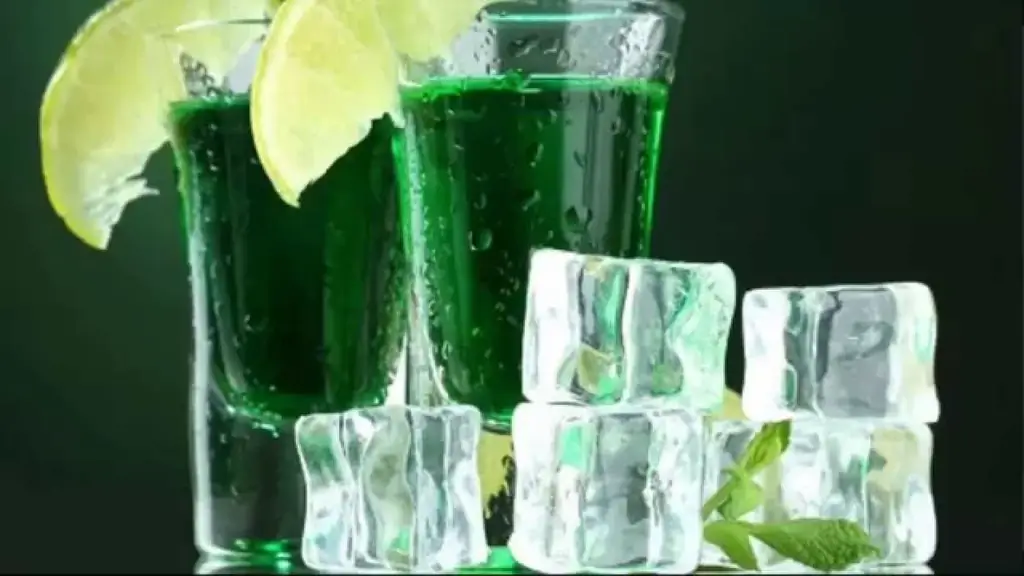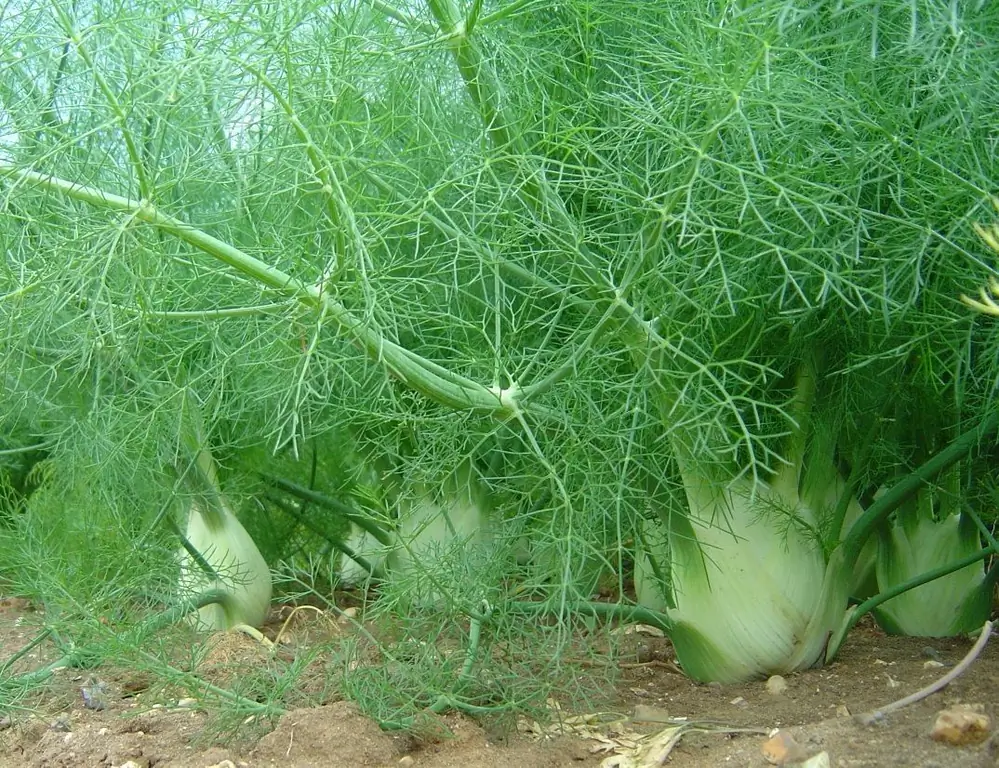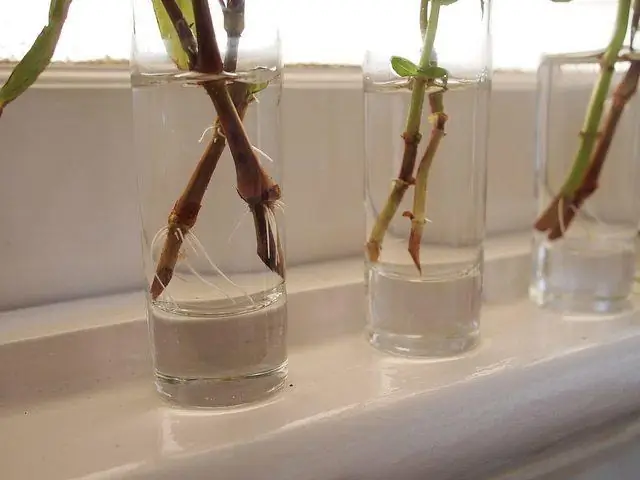
Table of contents:
- Author Bailey Albertson [email protected].
- Public 2024-01-17 22:26.
- Last modified 2025-01-23 12:41.
We effectively bleach kitchen towels according to the advice of our grandmothers

Towels are the constant helpers of any housewife in the kitchen. They wipe dishes, furniture, electrical appliances. Not surprisingly, over time, towels lose their presentation, turn gray and become stained. How to restore their whiteness and freshness using the available means? In our article, you will find the most effective methods for whitening and removing stains.
Content
- 1 Why are kitchen towels so hard to clean?
-
2 Products traditionally used for whitening
2.1 Photo gallery of funds
-
3 Folk ways
3.1 Table "Traditional methods and instructions for their use"
- 4 Reviews
- 5 Videos about bleaching kitchen towels at home
Why are kitchen towels so hard to clean?
White towels and napkins in the kitchen are the pride of any housewife. They look beautiful, elegant, give the interior freshness and special comfort. But it is white fabrics that get dirty the most, regardless of the structure of the material and the types of dirt. Colored towels don't show up so quickly. What is the reason for such difficulties?

For kitchen towels, not only cleanliness is important, but also disinfection
Firstly, for cleaning the kitchen, we prefer to choose towels made of soft fabrics: cotton, terry, waffle. Their structure is such that the product perfectly absorbs moisture with all the impurities dissolved in it, and retains it even better. The liquid evaporates, dries, and the dirt settles on tightly intertwined fibers, tightly bored with them.
Secondly, fat-containing substances are often the basis of contamination in the kitchen. As you know, any fat - vegetable or animal - penetrates deeply into the fibers of the tissue, and it is very difficult to remove it, sometimes almost impossible.
Traditionally used whitening products
What if your kitchen towels are gray and look almost like doormats? Experienced housewives know several methods using herbal and chemical agents.
The first are:
- mustard;
- lemon juice (citric acid);
- vegetable oil.
The most commonly recommended chemicals for whitening towels are:
- laundry soap;
- soda (baking or soda ash);
- fabric bleach (eg "Whiteness");
- silicate glue;
- washing powder;
- dishwashing liquid;
- "Mole" pipe cleaner;
- hydrogen peroxide.
Small contaminants can be removed simply by the action of our usual soap, powder or soda. But radical whitening will take longer, as well as the use of more potent substances.
Photo gallery of funds
-

Laundry soap - Laundry soap ensures cleanliness and disinfection
-

Lemon juice - Lemon Juice Whitens Great
-

Drinking soda - Baking soda is great at removing stains
-

Silicate glue - Silicate glue in combination with other products cleans the fabric
-

Sunflower oil - Vegetable oil softens grease stains
-

Hydrogen peroxide -
Hydrogen peroxide cleans, bleaches and disinfects
-

Bleach for fabrics - Chemical bleaches perfectly clean kitchen towels, removing any dirt
-

Mustard powder - Powdered mustard cleans fabric by interacting with soap
Folk ways
Naturally, you don't want to use expensive powders and bleaching agents to wash your kitchen towels. Therefore, we will try to give you simple recommendations that our grandmothers used. You can easily find all the necessary substances both at home and in the nearest store - household and even grocery.
Table "Traditional methods and instructions for their use"
| Applied remedy | Procedure | Safety tips |
| 500 g of bleach, 500 g of soda ash. | Dissolve the funds in a bucket of warm water, stand for 2 days, strain. Soak towels in the resulting liquid for 4-5 hours, wash and rinse thoroughly. | Since it is very corrosive, use rubber gloves and be careful not to get the solution in your eyes. |
| Dry table mustard. | Stir the bag of mustard powder in a bucket of hot water and let sit for a couple of hours. The resulting cloudy liquid has good bleaching and degreasing properties. Soak the towels in it for 3 hours, then rinse well. A subsequent wash is optional. | Gentle and harmless method, no protective measures required. |
| Laundry soap and boric acid. |
Lather wet towels thoroughly with laundry soap. Put them in a bucket of hot soapy water, add 3 tablespoons of boric acid. The solution should completely cover the towels. Leave for 4 hours, then wash as usual. |
Gentle and harmless method, no protective measures required. |
| Salt. | Sprinkle a damp tea towel generously with table salt, rub it lightly into the cloth, and leave for 1 hour. Prepare a solution of 5 liters of warm water and 5 tablespoons of salt, soak a towel in it for another 1 hour. Wring out, rinse and wash in hot water. | Gentle and harmless method, no protective measures required. |
| Sunflower oil - 2 tbsp l.; table salt - 2 tbsp. l.; bleach "Whiteness" - 2 tbsp. l.; soda ash - 1 tbsp. l.; washing powder - 1 glass. |
Pour water into an enamel pot with a volume of 10 liters, boil and gradually add all the ingredients in order. Mix thoroughly. Dip towels in the solution and boil for 40 minutes. Turn off the heat, wait until the contents of the pan are completely cool. Take out the towels and rinse well. If it is not possible to boil, leave the towels in the hot solution for a day. |
The level of aggressiveness of the substance is medium. It is advisable to use rubber gloves. Protect eyes and mucous membranes from splashes. |
| Lemon juice or citric acid. | Take freshly squeezed juice of 1-2 lemons or dissolve a sachet of citric acid in 1 glass of water. Moisten the surface of the towel well, rub the most prominent spots thoroughly. Fold towels in a plastic bag for 3 hours, tie. Then wash as usual. | Absolutely harmless way, no security measures are required. |
| Silicate glue - 3 tbsp. l.; laundry soap 72% - half a bar. | Dissolve these products in a bucket of water and add tea towels. Boil for 30 minutes over low heat, turn off the stove, cover the bucket with a lid and leave to cool completely. Rinse thoroughly in running water; washing is optional. | A gentle way, it is enough to use rubber gloves when rinsing. |
| 5 liters of water, 5 tablespoons of salt, 3 tablespoons of hydrogen peroxide. | Heat the water, dissolve salt and hydrogen peroxide in it. Dip tea towels in the solution for 5-6 hours. Then rinse and wash. | Safe way, no protective measures required. |
| 5 liters of boiling water, 10 drops of potassium permanganate solution, half a bar of laundry soap. | Grind the soap into shavings, soften in water, add potassium permanganate. Pour boiling water over, stir and dip in towels. Leave it overnight, then rinse in clean water. This method not only whitens, but also disinfects, therefore it is well suited for terry towels. | Safe way, no protective measures required. |
Reviews
As you can see, the methods are quite simple and easy to implement. Each of them can be tested and get a certain result. But are these results always pleasing to the housewives? Is the time spent worth it?
Sometimes not everything goes according to plan, and instead of well washed, bleached towels, we get the same as we put in containers with solutions - uncleaned dirt, greasy stains and gray color. Why is this happening? Let's see how Internet users comment on their experience in using folk methods.
LinaVictoria speaks positively about one of the methods:
https://www.povarenok.ru/advice/show/399/
User Alevtina shared her experience of using soda:
https://domikru.net/pishhevaya-soda-otbelivanie-tkani-vyvedenie-pyaten.html
Iran advises to use oil:
https://www.woman.ru/home/medley9/thread/3912312/
Katerina recommends the following recipe:
https://www.woman.ru/home/medley9/thread/3912312/
Homemade Kitchen Towel Bleaching Videos
We were once again convinced that nothing is impossible for those who love their home and create comfort in it. And even old towels in your kitchen that have lost their presentable appearance can become fresh, soft and white again. Tell us in the comments how you deal with dirt on kitchen textiles; Share your experience in perfecting cleanliness. Good luck and comfort to your home!
Recommended:
Recipes For Making An Absinthe Cocktail At Home, How To Cook, Video

Step by step recipes for making absinthe at home. Required ingredients, their ratio. Manufacturing with and without distillation
Growing Fennel From Seeds (including Vegetable Seeds) At Home And In The Garden + Photo And Video

Practical tips for growing fennel from seed. Fennel species, varieties suitable for growing in the middle lane
How To Grow A Peach From A Stone In The Country Or At Home + Video

Growing a peach from a stone at home. Step-by-step descriptions of growing and transplanting methods. Plant care
Eco-style Kitchen Interior: Examples Of Design, Choice Of Color And Material, Decoration, Furniture, Accessories, Photo, Video

The main features of the eco style and what materials are suitable for kitchen design. The advantages and disadvantages of eco style, as well as the choice of decor and lighting for the kitchen
Laying Tiles On An Apron In The Kitchen: How To Lay It Out With Your Own Hands, Step-by-step Instructions With A Photo, Video

Tile kitchen apron: what materials and tools are needed for masonry. How to make an apron with your own hands, step-by-step instructions and professional advice
